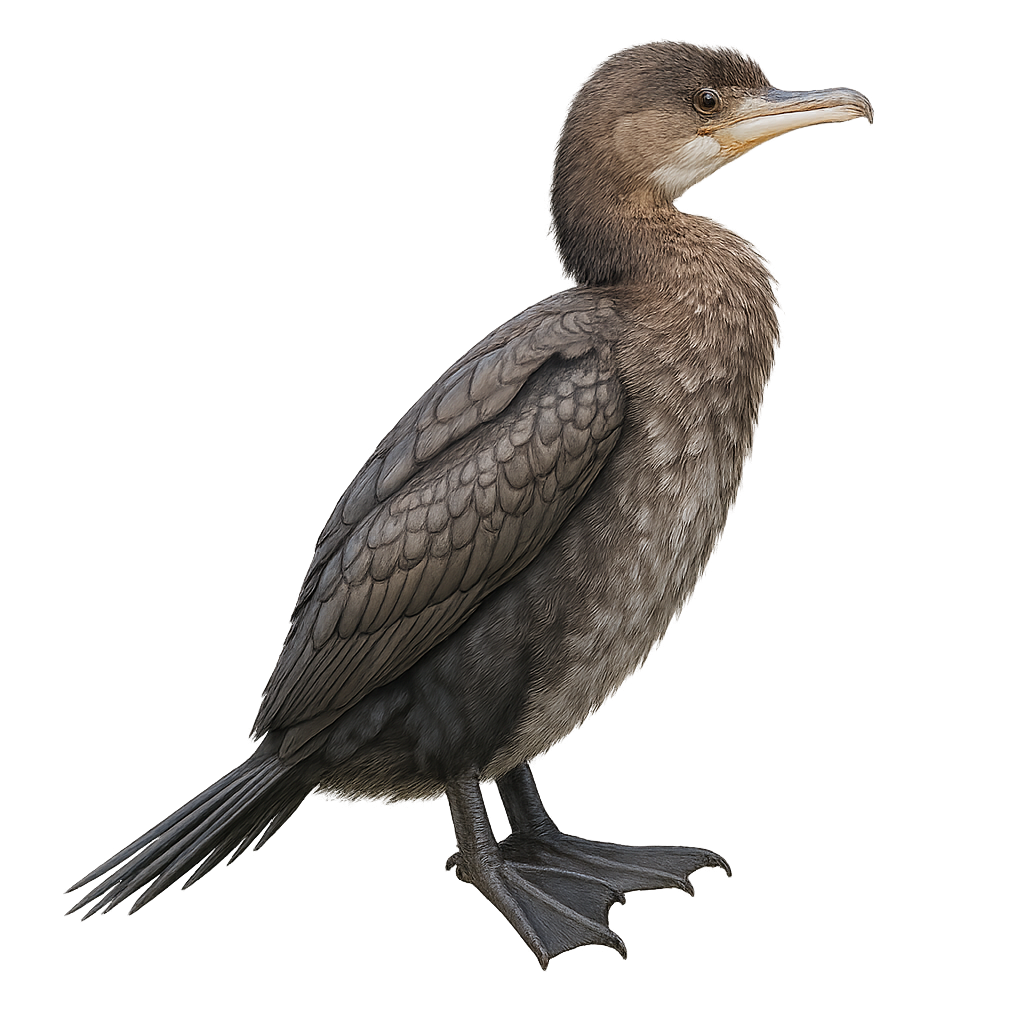Your wildlife photography guide.
Explore the little cormorant in detail, study its behavior, prepare your shots.
Where to observe and photograph the little cormorant in the wild
Learn where and when to spot the little cormorant in the wild, how to identify the species based on distinctive features, and what natural environments it inhabits. The WildlifePhotographer app offers tailored photography tips that reflect the little cormorant’s behavior, helping you capture better wildlife images. Explore the full species profile for key information including description, habitat, active periods, and approach techniques.
Little cormorant
Scientific name: Microcarbo pygmaeus

IUCN Status: Least Concern
Family: PHALACROCORACIDAE
Group: Birds
Sensitivity to human approach: Not shy
Minimum approach distance: 20 m
Courtship display: April to June
Incubation: 22-24 jours
Hatchings: April to July
Habitat:
Freshwater wetlands, marshes, lakes and rivers
Activity period :
Primarily active during the day, with peak activity in the morning and late afternoon.
Identification and description:
The little cormorant is a small cormorant, 45–55 cm long, with glossy black plumage and white wing patches in flight, inhabiting marshes, lakes, rivers and freshwater wetlands. It feeds mainly on fish by diving beneath the surface. During breeding, pairs build stick nests in waterside trees or shrubs, and the male displays by erecting head and neck feathers.
Recommended lens:
400 mm – adjust based on distance, desired framing (portrait or habitat), and approach conditions.
Photography tips:
Stay discreet at the edge of wetlands, set up near frequented water, shoot early morning against water reflections, use fast shutter speed and shallow depth of field to isolate the bird.
The WildlifePhotographer App is coming soon!
Be the first to explore the best nature spots, track rutting seasons, log your observations, and observe more wildlife.
Already 1 450 wildlife lovers subscribed worldwide

